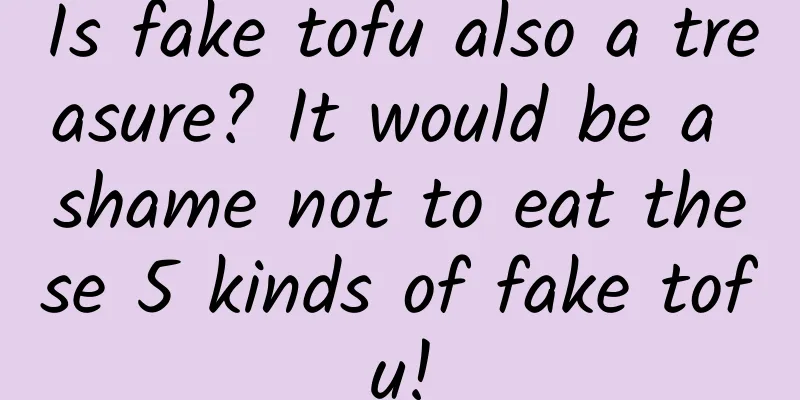MediaPost: Tablets are changing content consumption habits

|
The rapid adoption of tablet computers has profoundly impacted the way consumers acquire, consume and enjoy entertainment content. According to Deloitte’s eighth annual Digital Democracy Survey, 37% of U.S. consumers are what the firm calls “digital omnivores,” meaning they own a tablet, smartphone and laptop, a 42% increase from the previous year. "At least for now, tablets are not being viewed as a replacement for laptops, but as their own distinct use case," Gerald Belson, head of Deloitte's U.S. media and entertainment practice, told Marketing Daily. "The primary use case is watching videos, surfing the web and playing games." Additionally, women — who were only 35% digital omnivores a year ago — now make up 45% of the most recent survey. “This is an interesting example of men being early adopters,” Belson said, “but women are catching up very quickly.” As tablets quickly gain adoption as a content device, interest in live content has nearly doubled in the past year (from 17% in 2012 to 32% in 2013). Consumers are also showing a greater interest in watching shows on different devices and from different sources. (Indeed, younger millennials spend more time watching shows on non-TV devices, even if the show originally aired on TV, Belson says.) “This is the first year that consumers are starting to separate the idea that content from specific sources [must] be viewed on different devices,” Belson said. “In today’s world, consumers are clearly choosing to watch whatever content they want on whatever device they want.” At the same time, however, consumers remain loyal to their pay TV services, with only 6% of consumers with pay TV services saying they are considering stopping the service in the next year, according to the survey. But with all these devices in consumers’ hands, multitasking is on the rise. According to the survey, 86% of consumers admit to using another electronic device while watching TV (up from 72% in 2011). However, only 22% of multitaskers do something directly related to the show on the TV. This inconsistency presents both a challenge and an opportunity for marketers, Belson said. “The second screen experience is not yet compelling enough for most consumers to view [primary content] on a second screen,” he said. “The good news from an opportunity standpoint is that the second screen is already in the hands of consumers, often as an interactive device.” Deloitte's Digital Democracy Survey collected data from 2,000 consumers aged 14 and over in late 2013. Via: 199it Translated from MediaPost |
<<: How to take care of your skin properly during the epidemic?
Recommend
Look! Regarding heat stroke, the National Health Commission has an authoritative answer
1. What is heat stroke? Heat stroke is the most s...
Can papaya stewed with snow clam make your breasts bigger? Whitening and breast enlargement
Women all hope that their breasts can be fuller s...
Is lard added to scallion oil noodles? Why is lard added to scallion oil noodles?
We all know that scallion oil noodles is a common...
Acute pancreatitis: Sound the alarm and protect the vitality of the pancreas
Author: Li Teng, Suzhou Hospital Affiliated to An...
Does a fever during early pregnancy affect the baby?
Women are very susceptible to illness in the earl...
Precautions for fetal movement during the fifth month of pregnancy
We all know that pregnant women must ensure safet...
How long does it take to have a baby after taking Chinese medicine?
Having a baby is not that easy. Although we see m...
VCIOM: Mobile social networking, a new force in Russian social networks
Since Facebook has not made much progress in Russ...
Beautiful summer vacation, fresh food
Author: Li Haijie, School of Public Health, North...
Will ovulation occur one day after menstruation ends?
The ovulation period generally varies from person...
The woman responded that she would not refuse
What's the first thing your girlfriend does e...
White and thick vaginal discharge like snot without odor
What is the reason for yellow leucorrhea like run...
I can't see the gestational sac, what's going on?
When women receive the news that they are pregnan...
Introduction to postpartum breast enhancement methods
When women perform breast augmentation after chil...
Why do women have a strong odor down there?
I believe that many women have experienced odor i...









